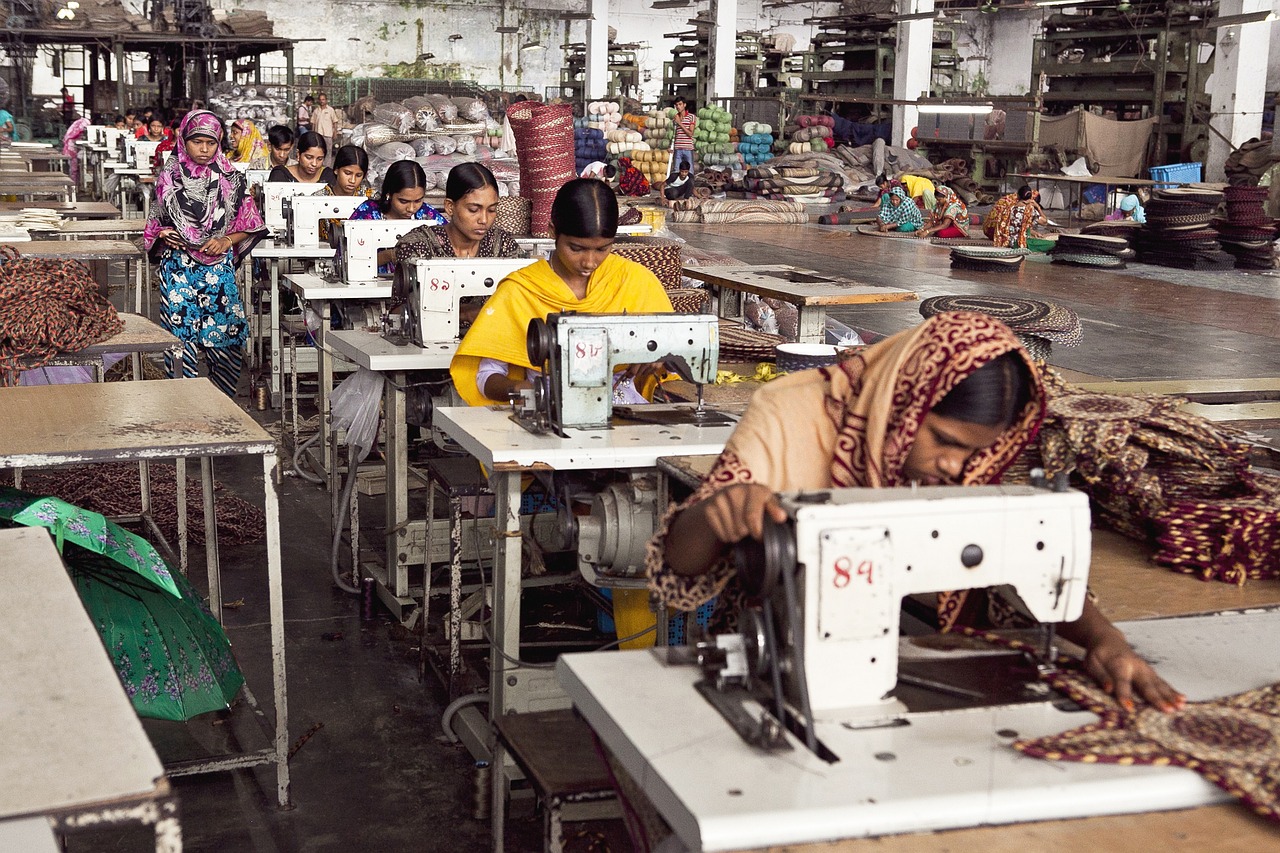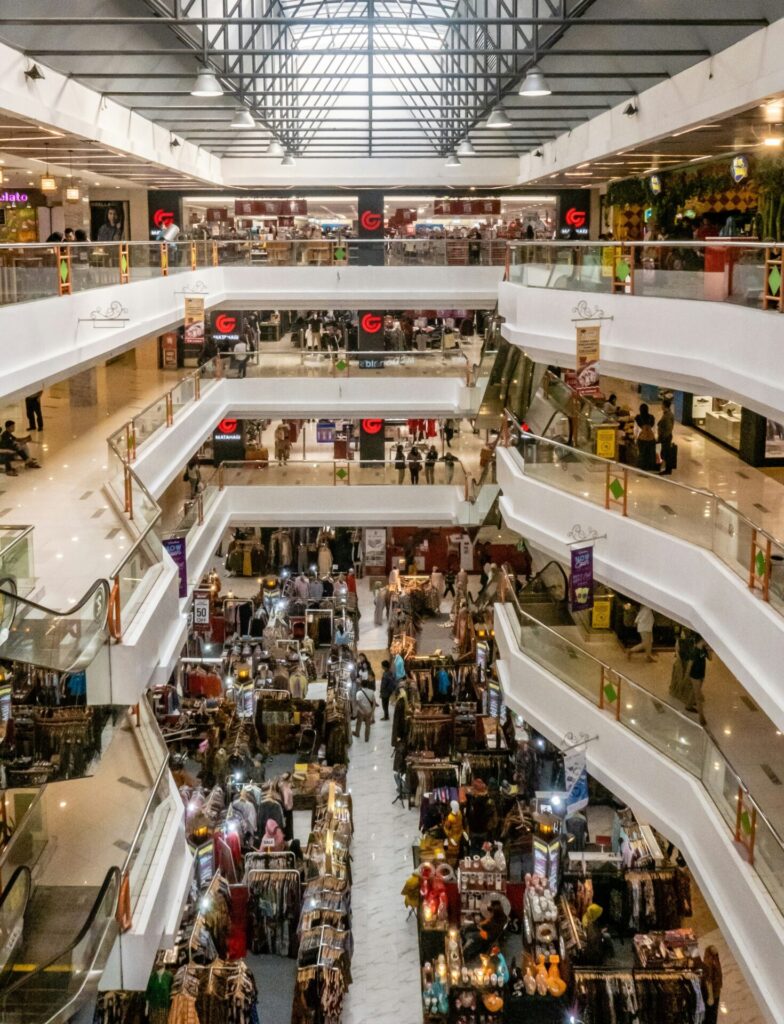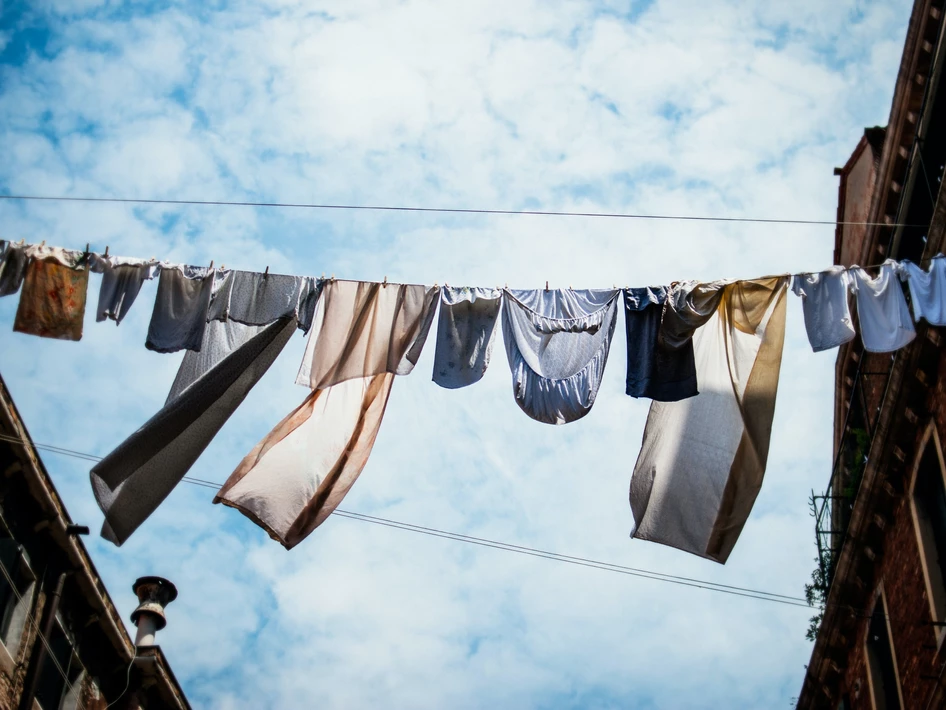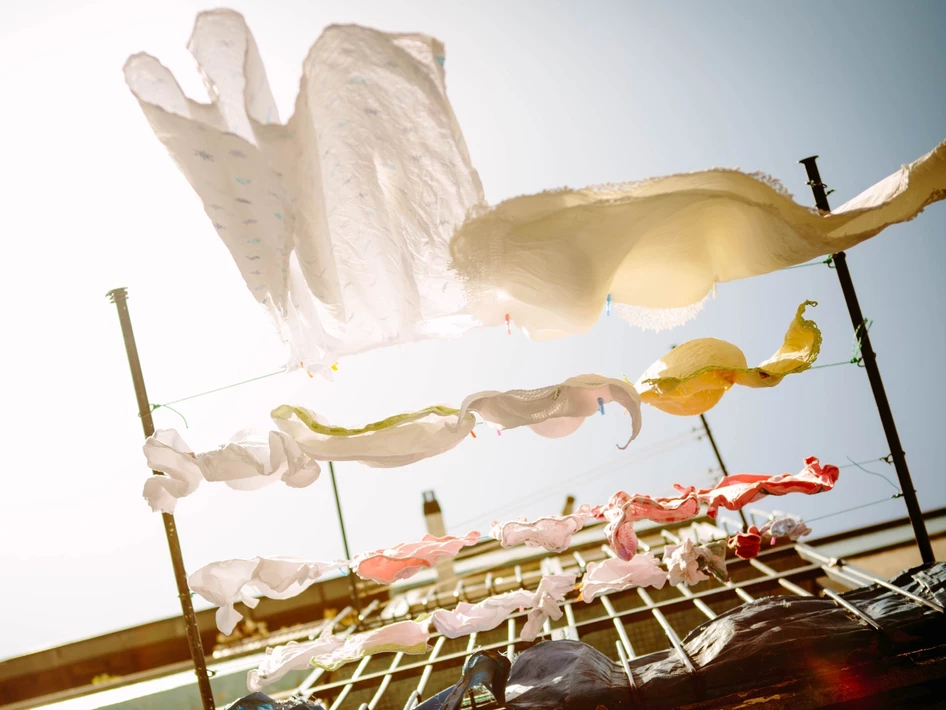Fast fashion is a business model wherein popular fashion brands bring out new collections, often inspired by high fashion runways, at an alarming frequency—according to some estimates, as often as twice a week. These collections are mass-produced, with little attention to production practices, quality or their cost to the environment and the people who make these clothes. Because these are mass produced, these garments can be made available to the consumer at extremely low prices, and because these garments aren’t of the highest quality, they don’t last very long in your closet.
Besides, the sheer volume of clothing that floods the market acts as a catalyst for new trends to emerge. The frequency of these collections ensures trends change at a pace so rapid, it’s hard to keep up, creating a Fear of Missing Out, or FOMO. Basically, being fashion forward is very 2000-and-late, because in 2024, if you still care about being on-trend, you’re scrambling to cope. And hurting the planet, while at it.

The real cost of fast fashion
Planet: Fashion is one of the most polluting industries in the world, contributing to about 8% of global greenhouse gas emissions. It uses up billions of gallons of water every single day. Just one pair of shoes takes over 2,000 gallons, or 7,500 litres, of water to make. Most synthetic materials use petroleum in the manufacturing process and are extremely polluting, not to mention the polluting dyes and chemicals used in the finishing process.
Those clothes you bought online, and didn’t like? Well, you may have thought you’re returning them to the brand, but they’re actually ending up in landfill. The cost of returning and recataloguing is so high that brands would much rather just write off those clothes. Check this out: Between the returns and our own discards, one garbage truck full of clothes is burned or sent to a landfill every second, globally. That’s 2,625 kilograms of clothing being junked every single second of every single day! And then either lying in landfill, releasing methane, or polluting the air with carbon monoxide released when it’s burnt.

People: Perhaps the saddest part of the story is, the fashion industry isn’t even successfully feeding the mouths of those who make these garments. Or keeping them safe. In 2013, the Rana Plaza factory, in Dhaka, collapsed, killing over 1,100 garment workers. In 2017, Zara shoppers found little notes tucked into the pockets and hems of their clothes. The notes, which read, ‘I made this item you are going to buy, but I didn’t get paid for it,’ were traced back to Bravo Tekstil, a Turkish manufacturing facility for multiple brands, including Zara, Mango and Next. Bravo Tekstil had abruptly shut down, without any notice or severance to its employees, leaving hundreds in the lurch. In more recent news, Nike reportedly owes $2.2M to its garment workers, while the corporation made nearly $33M in profits. Just a few of the many horror stories.

You: Ultra fast fashion giant Shein, reportedly, ship out 1 million packages, every day, in the US alone. That’s one in every three people shopping from them, every day. Do we really need those many clothes? Stein also adds up to 6,000 new styles to their website, every day. Psychologists believe having so many options can lead to overwhelm and the FOMO from not having possessing clothes of a certain kind can create insecurities and dissatisfaction. In short, brands producing so many clothes is making us unhappy.
According to an Oxfam report, the sheen of a new dress wears off after about four wears. Resultantly, as an Ellen MacArthur Foundation report revealed, the average piece of clothing is worn about seven times before it is discarded. The annual value of this prematurely discarded clothing is a whopping $400 billion. Imagine what you could do with all that money, or how many exquisite things you could buy, that would actually help set your style apart.
The question that begs asking, then, is: Is that shopping haul really worth it?






